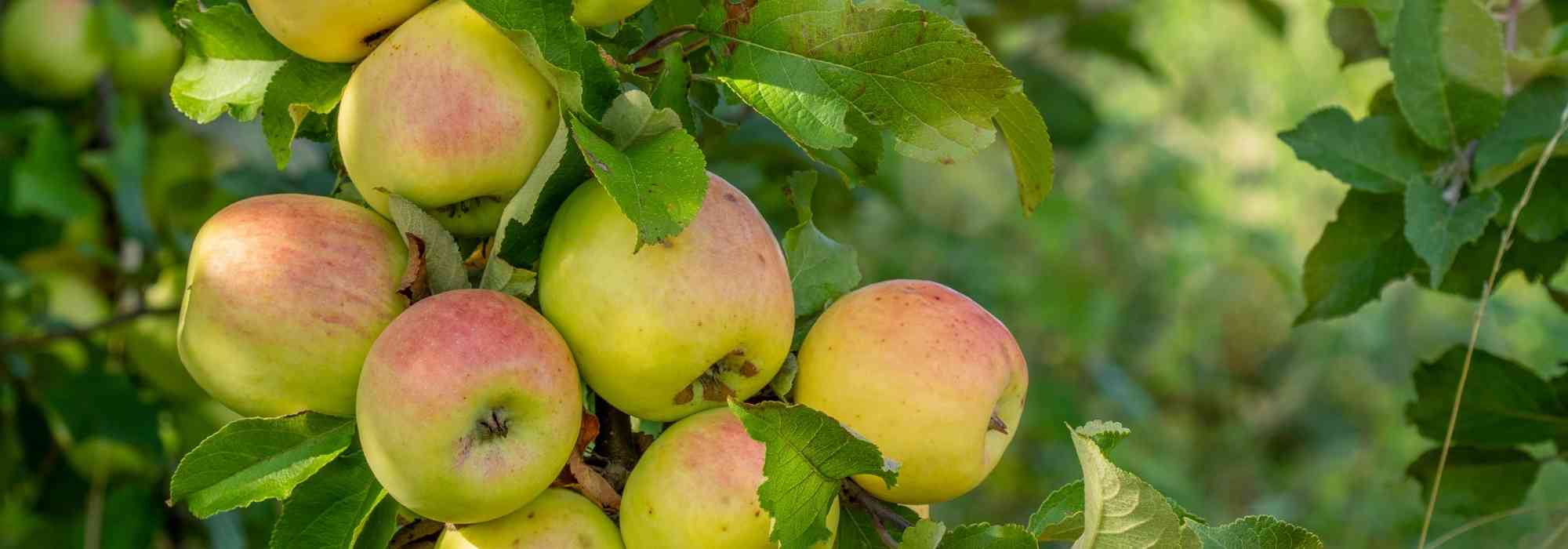
What is alternation in fruit trees?
Understanding and acting against this phenomenon
Contents
What gardener has never experienced a poor year in the orchard without truly knowing or understanding the reason?
This well-known phenomenon in fruit tree cultivation is called the alternation of fruit trees and results in reduced production every other year for pip fruit trees (apples, pears, citrus trees,…).
Discover everything you need to know about the alternation of certain fruit trees to ensure beautiful harvests season after season.
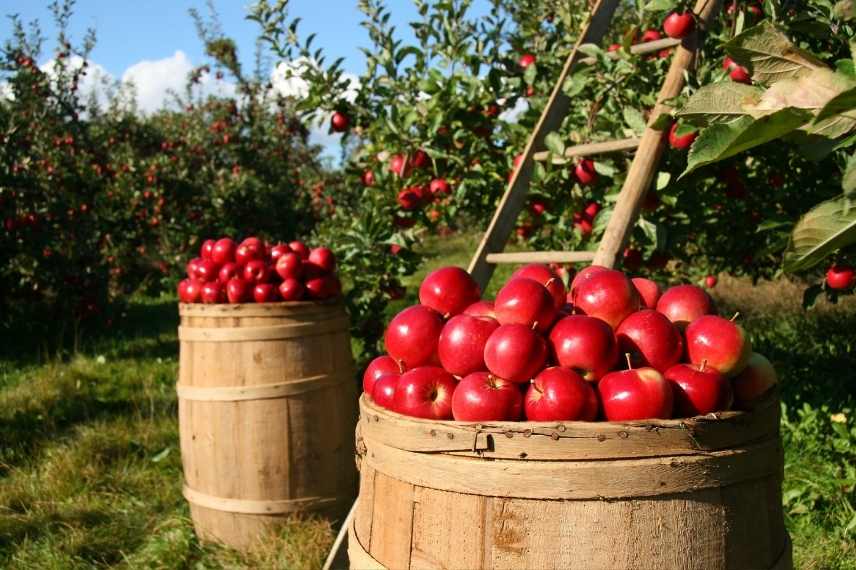
Not every year is synonymous with abundant harvests for some fruit trees…
What is alternation in fruit trees?
This phenomenon is defined as the irregularity of production in a tree from one year to the next. In other words, fruit trees will produce an abundance of fruit one year and have almost no fruit the following year.
This phenomenon poses a significant problem for professional fruit producers, who see the prices of their harvests fluctuate greatly from year to year. For the incredulous amateur gardener, this often raises many questions.
This major issue in orchards primarily concerns high-stem orchards (fruit trees with the grafting point located at a height of 180-200 cm) and especially species known as pip or stone fruits: Apple trees, Pear trees, Cherry trees and apricot trees.
In warmer climates, such as the Mediterranean type, olive trees and certain citrus trees are also sensitive to alternation.
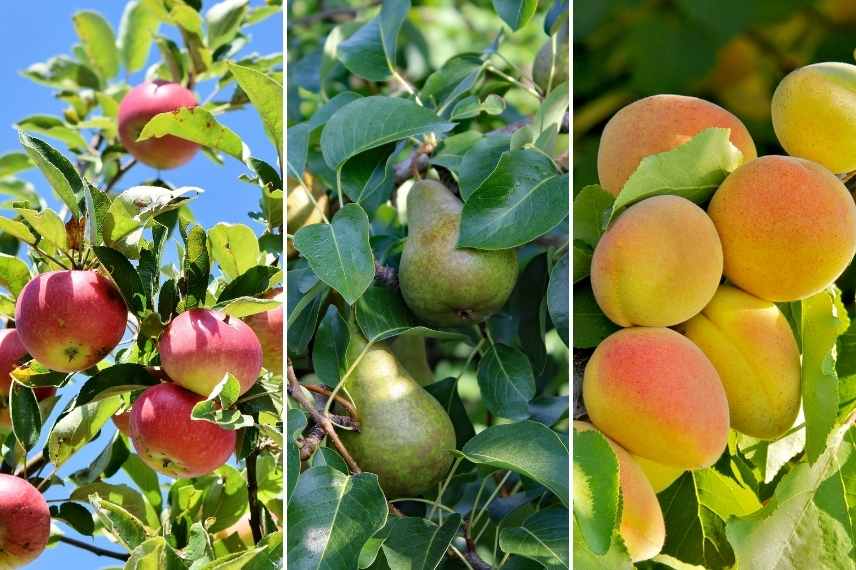 Apple trees and pear trees are sensitive to alternation, as are apricot trees.
Apple trees and pear trees are sensitive to alternation, as are apricot trees.
What are the causes?
There are both external (climatic) factors and intrinsic factors (genetics of the tree, species, variety, rootstock, and age of the subject) that will explain the alternation of fruit trees.
The Climate
As any good gardener knows, the climate of one year is never the same as that of another. The productivity of a fruit tree depends on the climatic conditions during the said flowering period. If, unfortunately, a succession of rain and frosts occurs during the opening of the tree’s flowers, practically the entire harvest would be lost that year. This is how a series of alternation can begin, as your tree will instinctively try (to reproduce) to produce a myriad of flowers the following season to compensate for its losses. This phenomenon will lead to an overabundant production of fruits, which will inevitably result in a lesser fruiting the following year, and so on… Alternation can therefore occur due to an unfortunate climatic event.
The droughts that have plagued our temperate climates for years can also induce a cycle of alternation. Indeed, fruit trees are deprived of water and certain mineral elements, leading to fruit abortion. Thus begins the vicious circle of alternation.
Intrinsic Factors of Trees (Endogenous)
When a tree fruits, the seeds forming inside the fruits will produce hormones (known as gibberellins) that will inhibit the formation of fruit buds (spurs) for the following year. This competition between fruit formation and vegetative differentiation of the buds is the main cause of production alternation in orchards.
As the fruits form, they will also requisition a significant amount of sap and mineral elements for their development, which will lead to a lower formation of fruit buds for the following spring.
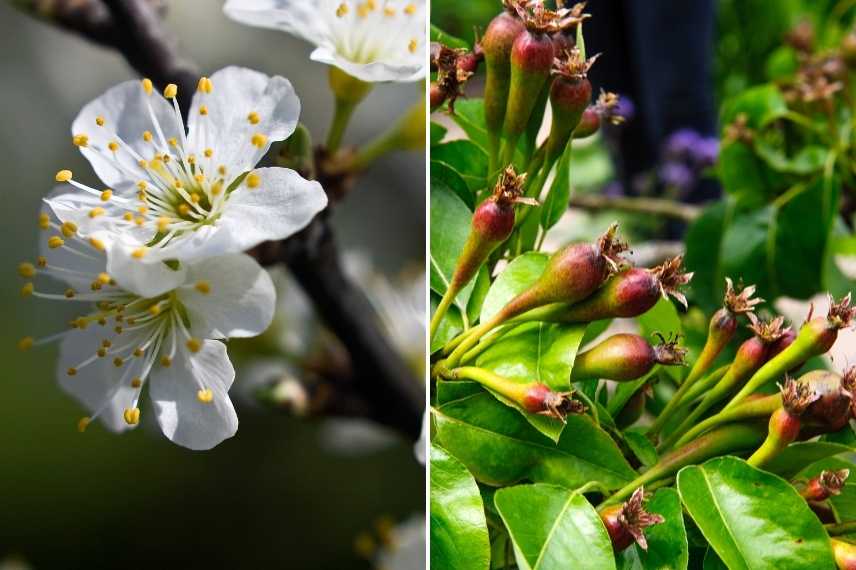 Frost, like drought, particularly affects fruit production (here a pear tree)
Frost, like drought, particularly affects fruit production (here a pear tree)
Discover other Apple trees
View all →Available in 0 sizes
Available in 0 sizes
Available in 0 sizes
Available in 0 sizes
Available in 1 sizes
Available in 0 sizes
Available in 4 sizes
Available in 2 sizes
Available in 0 sizes
Available in 1 sizes
How can I limit the phenomenon?
There are several preventive measures for this phenomenon, but it remains very difficult to completely counteract, even for professionals.
Here are the best ways to limit the phenomenon of alternation:
- Buy the least sensitive varieties to this phenomenon by consulting your nurseryman.
- Thin out excess fruits during years of “overproduction”: After the fertilization of flowers by pollinators, assess the “fruit load of your tree.” If your tree seems to bear too many fruits, you will need to shake some branches and remove fruits that are too close together. This operation will allow you to obtain fruits of good size and also encourage your tree to create fruit buds (called spurs) for the following year. This operation is generally carried out in June.
- Ensure the fertility and water supply of the tree: Make sure your soil is adequately “manured” (amended) with organic matter under the tree and that it suffers as little as possible from summer droughts.
- Don’t forget to prune your trees (during the appropriate period) so that the crown of your tree is airy and bright. This will stimulate the production of future fruit buds. Overall, we shape the tree in a conical rather than rounded form to improve sunlight exposure.
- Treat fungal diseases affecting the foliage that could hinder production.
- Limit the growth of overly vigorous shoots and bend the branches to encourage the appearance of flower buds.
- Combat late frosts… this is almost impossible for the amateur gardener, but professionals have a whole range of tricks to raise the temperature during late spring frosts (braziers, hot air blowers, helicopters flying over the field…).
- If your tree does not flower abundantly, make as many adjustments in your garden to attract pollinators: sow melliferous plants, place insect hotels, leave a pile of dead wood near your tree, adopt or sponsor a beehive…
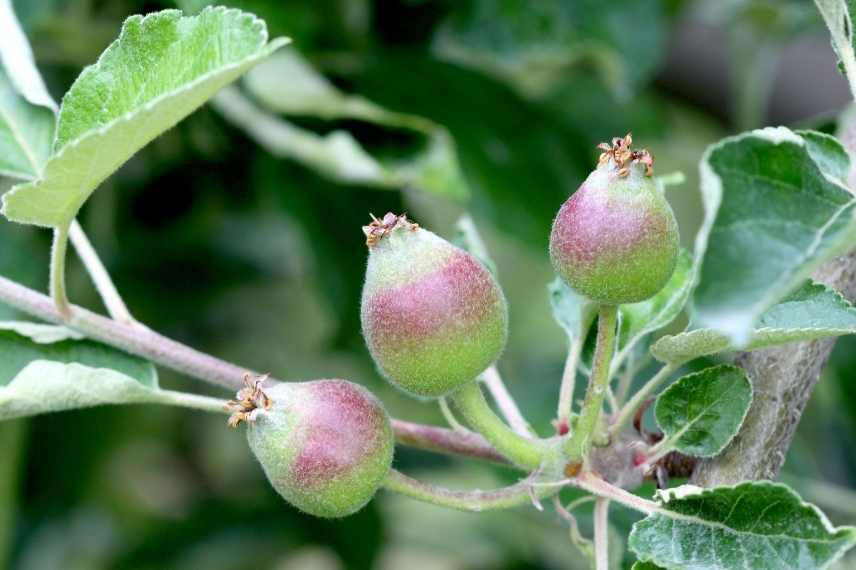 Thinning of fruits (here on an apple tree) is done in June when the fruits are about 2 cm in diameter
Thinning of fruits (here on an apple tree) is done in June when the fruits are about 2 cm in diameter
- Subscribe!
- Contents
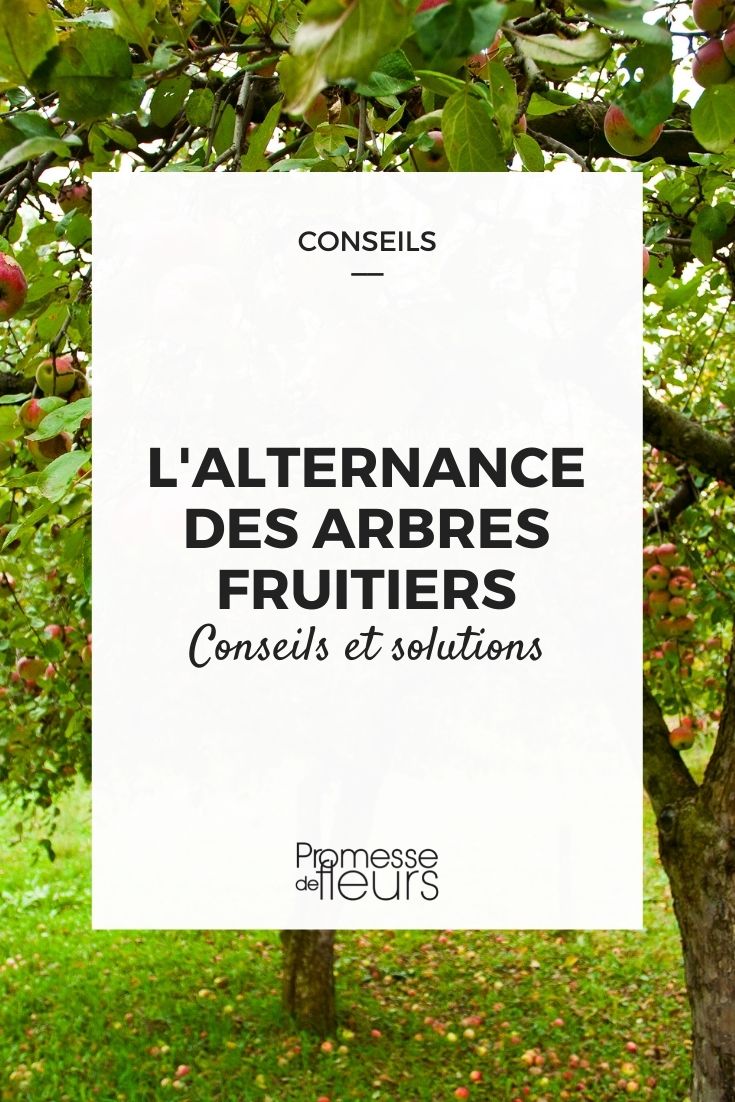































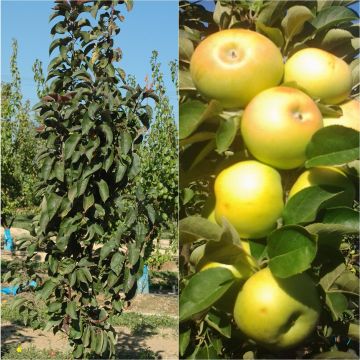
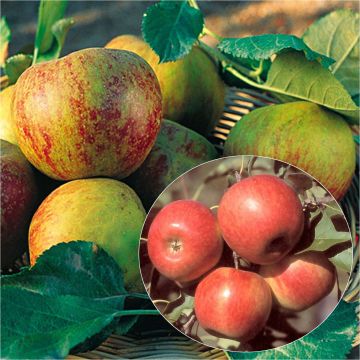
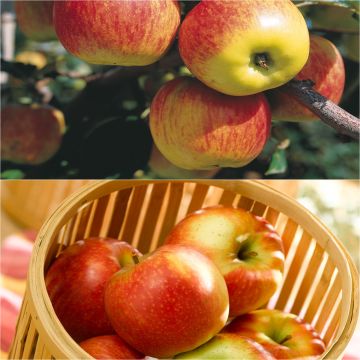
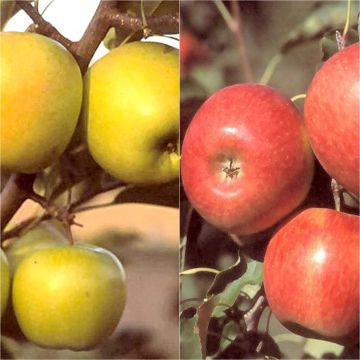
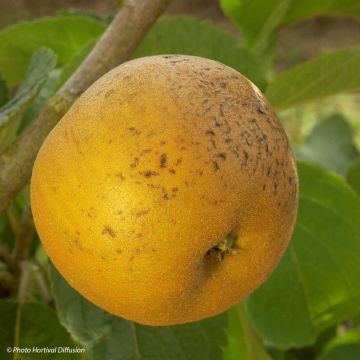
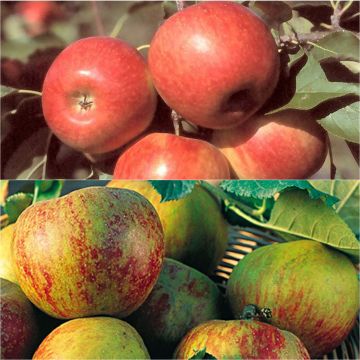
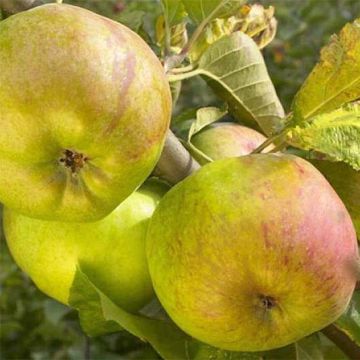



Comments